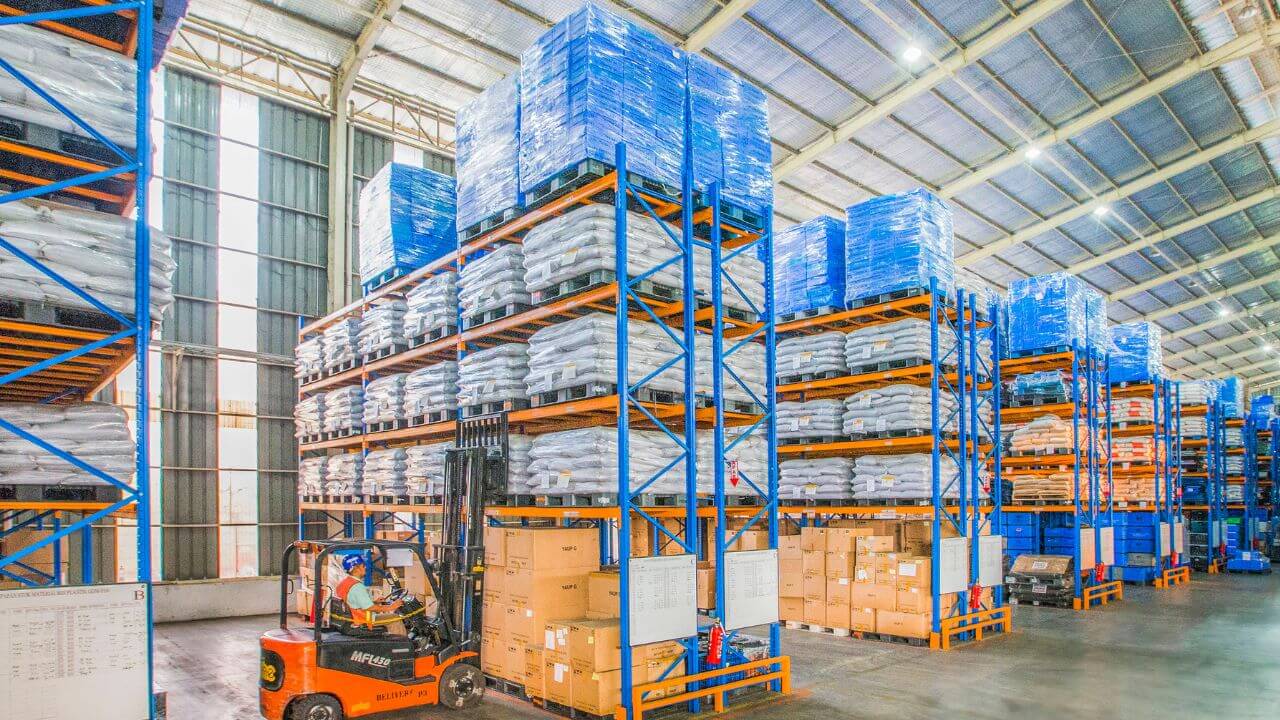The labeling industry plays a crucial role in packaging operations worldwide, providing solutions that range from simple manual machines to complex, fully automated systems. In this context, two significant players, China and India, have developed unique manufacturing capabilities, each with its own set of strengths and weaknesses. This article delves into the comparative advantages and disadvantages of Sticker Labeling Machine Manufacturers in China versus their Indian counterparts.
Technological Innovation and Quality
China: Chinese manufacturers are renowned for their rapid integration of new technologies, which includes advanced automation, smart control systems, and high-speed labeling capabilities. The quality of Chinese machinery has significantly improved over the years, often incorporating robust materials and engineering that extend the longevity and reliability of their machines.
India: Indian manufacturers also offer innovative solutions, especially in terms of software integration and customization. However, there are often variations in the quality of the machines, with some manufacturers focusing on cost-effective solutions that may not necessarily meet the highest quality standards.
Production Capacity and Speed
China: One of the foremost advantages of Chinese labeling machine manufacturers is their large-scale production capacity. China’s industrial infrastructure allows for the production of vast quantities of labeling machines, which can be crucial for businesses looking to scale operations quickly.
India: While India is progressing in terms of capacity, the scale is generally smaller compared to China. However, Indian manufacturers are adept at handling customized orders and can be more flexible in meeting specific client needs on a smaller scale.
Cost-effectiveness
China: Typically, Chinese manufacturers are able to offer more competitive pricing due to larger scale operations and lower manufacturing costs. This makes Chinese labeling machines particularly attractive to businesses looking for cost efficiency without a significant compromise on quality.
India: Indian labeling machines are also cost-effective, often due to lower labor costs. However, the overall cost can vary significantly depending on the customization and technology used.
After-sales Service and Support
China: While Chinese manufacturers have extensive distribution networks and are improving their after-sales service, language and cultural differences can sometimes pose challenges for global customers.
India: Indian manufacturers excel in after-sales support, providing extensive service networks within India and in other countries where they operate. The use of English as a primary language in business significantly aids in communication, ensuring that troubleshooting and support are more accessible.
Regulatory Compliance and International Standards
China: Chinese manufacturers adhere to stringent national and international standards, with many obtaining necessary certifications to compete in global markets. This compliance ensures that machines can be exported without legal hurdles.
India: Indian manufacturers also follow rigorous compliance protocols, often focusing on markets in Europe and America, which require adherence to strict standards and regulations. This commitment to quality assurance often makes Indian machines well-suited for companies in regulated industries.
Market Reach and Adaptability
China: Chinese manufacturers have a vast global footprint, providing labeling solutions to almost every country in the world. Their ability to mass-produce and ship globally is a significant advantage.
India: Indian manufacturers are increasingly expanding their international reach. They are particularly strong in South Asia and the Middle East and are known for adapting quickly to the specific needs of these regional markets.
Conclusion
Choosing between a Sticker Labeling Machine Manufacturer in China and an Indian manufacturer largely depends on the specific needs of the business, including considerations of cost, quality, technological innovation, and after-sales service. Both nations offer unique advantages and have certain limitations. Businesses must assess their priorities to make the best choice for their operational needs and strategic goals.
